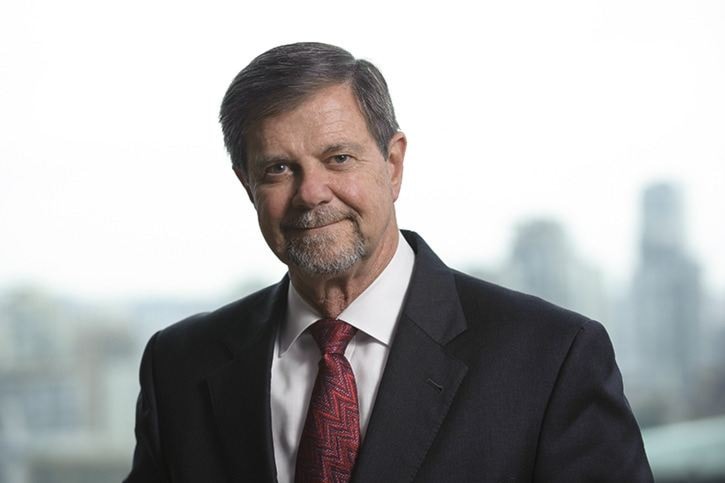The BC LNG Alliance is pleased to have a better understanding of the regulations proposed facilities would face moving forward.
The Province of British Columbia recently announced a revision to the taxation liquified natural gas producers will pay, as well as setting emission limits and an environmental incentive program.
"By working together between industry and government, we will be able to develop a viable long-term LNG industry in British Columbia that will provide thousands of jobs for British Columbians for decades to come," David Keane, BC LNG Alliance president, said.
The group welcomed the province's recent Liquified Natural Gas Income Tax Act, unveiled by Finance Minister Mike de Jong on Oct. 21, which cut down the province's original plan to charge up to seven per cent income tax on liquified natural gas.
Taking effect in 2017, the tax rate will be 1.5 per cent for three years as companies construct LNG plants. The rate will rise to 3.5 per cent on net income after capital costs are deducted, and then to five per cent in 2037.
Keane said the group appreciates that the government revisited its original tax structure.
"We do operate in a globally competitive market, so I think this is moving in the right direction," he said.
"We have to work together to strike the right balance so that British Columbians get a fair return for the sale of their natural resources, and the proponents get a fair return for their shareholders."
Keane said it's important to recognize how much taxes LNG companies will have to pay in B.C.
"This is one of the few jurisdictions where we will be paying a LNG tax and a carbon tax, along with having to purchase carbon offsets, in addition to paying PST, GST, corporate income taxes for both federal and provincial levels, municipal taxes, payroll taxes, etc.," he said.
Environment Minister Mary Polak introduced the LNG Environmental Incentive Program last week, which included set emission limits for LNG producers.
The program aims to encourage industry to incorporate lower emitting technology into their plants to ensure the province has "the cleanest liquified natural gas facilities in the world".
The government set a greenhouse gas emissions (GHG) intensity benchmark of 0.16 carbon dioxide equivalent tonnes per tonne of LNG produced, which includes all emissions from the time when the product enters a facility to when it is loaded to go to market.
Companies performing well will receive a carbon offset credit they can sell. Companies surpassing limits can buy credits, or contribute to a "technology fund", with those funds being used on reducing GHG emissions in the natural gas and other B.C. sectors.
Along with new air quality rules being established for nitrogen dioxide and sulphur dioxide emissions, Polak said LNG development can happen without exceeding B.C.'s GHG reduction target of 33 per cent by 2020.
